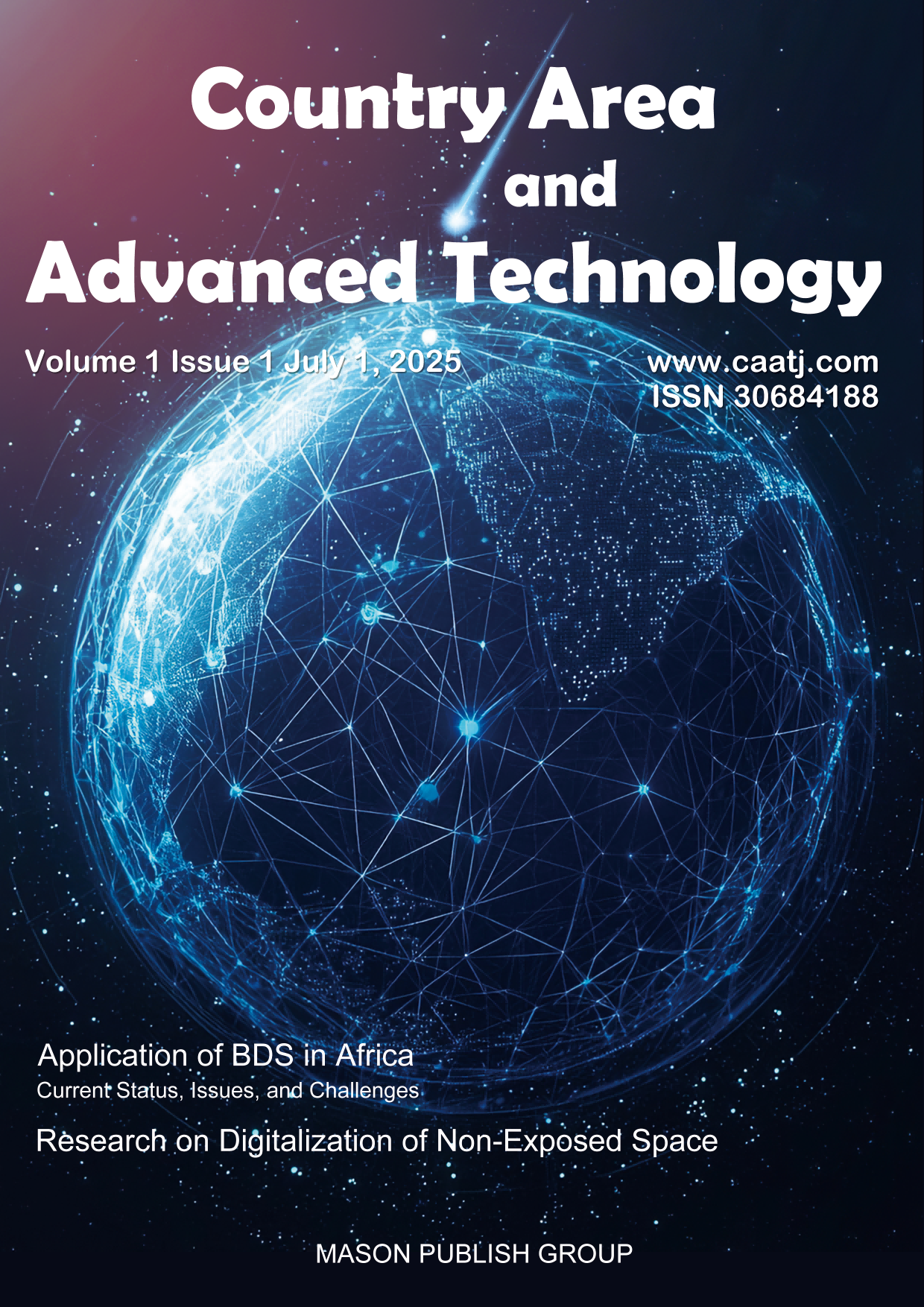A Comparative Legal Study on the Attribution of Liability for Autonomous Driving Accidents in China and Germany
DOI:
https://doi.org/10.37420/j.caatj.2025.003Keywords:
autonomous driving; accident liability; layered responsibility model; China-Germany comparisonAbstract
The rapid advancement of autonomous driving technology has introduced complex challenges in attributing legal responsibility for traffic accidents. Balancing technological innovation with the preservation of social justice has become a pressing concern for both legislators and judicial authorities. This paper conducts a comprehensive analysis of Germany’s recent reforms to the Road Traffic Act and the European Union’s legislative developments in the Artificial Intelligence Act, focusing on models of accident liability distribution. It further integrates an examination of China’s local regulations—particularly those in Shenzhen and Beijing—and relevant provisions from higher-level laws such as the Civil Code. Special attention is given to the logic of liability allocation in Level 3 and above autonomous driving systems, the delineation of driver obligations, the attribution framework for manufacturers, and the issue of algorithmic black-box explainability. The study argues that Germany’s layered liability model—centered on the reduction of driver duty of care and the imposition of continuous obligations on manufacturers—along with mechanisms such as mandatory accident data recording, ethical sandboxing, and insurance frameworks, offers a valuable institutional reference for China. It recommends that China develop a unified Autonomous Driving Law to clarify liability attribution across different levels of automation, establish algorithmic governance mechanisms, and define insurance compensation pathways, thereby fostering a governance model that integrates technological rationality with rule-of-law guarantees.






